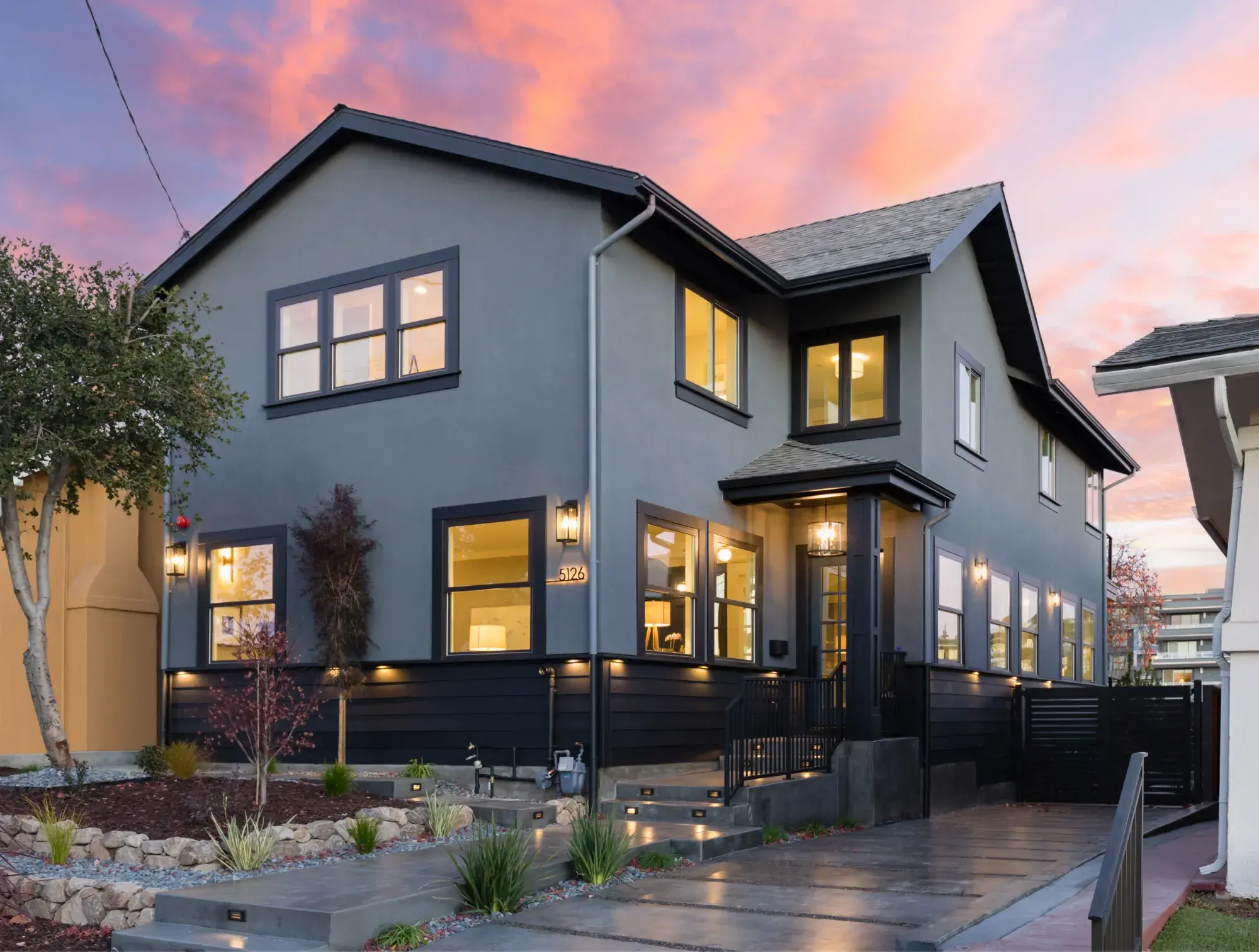Retrofitting is a term frequently heard in construction, engineering, and environmental circles, but what exactly does it mean? At its core, retrofitting refers to the process of adding new technology or features to older systems, buildings, or infrastructure to improve their efficiency, safety, and performance. This practice is essential for extending the life of existing structures, meeting current standards, and adapting to new requirements or environmental challenges. In this article, we will explore the concept of retrofitting in detail, covering its importance, various applications, methods, and benefits.
Understanding Retrofitting
Retrofitting involves the modification of existing buildings, structures, or systems to incorporate new technologies or improvements. This process can be applied across various fields, including:
- Buildings: Upgrading structural elements, improving energy efficiency, or enhancing safety features.
- Infrastructure: Strengthening bridges, tunnels, or roads to meet modern standards.
- Industrial Systems: Updating machinery or processes to increase productivity and reduce environmental impact.
- Transportation: Modernizing vehicles or transit systems to improve performance and comply with regulations.
Importance of Retrofitting
The primary purpose of retrofitting is to improve the performance and safety of existing systems. Here are some key reasons why retrofitting is crucial:
- Safety: Older buildings and infrastructure may not meet current safety standards. Retrofitting can address these deficiencies, reducing the risk of failure or accidents.
- Energy Efficiency: Retrofitting can significantly enhance the energy efficiency of buildings and industrial processes, leading to lower energy consumption and reduced greenhouse gas emissions.
- Cost Savings: While retrofitting involves an initial investment, it can lead to long-term savings by extending the lifespan of structures and systems and reducing operational costs.
- Environmental Impact: By improving the efficiency and performance of existing systems, retrofitting helps minimize environmental impact, supporting sustainability goals.
- Regulatory Compliance: Retrofitting ensures that older structures and systems comply with current regulations and standards, avoiding legal and financial penalties.
Applications of Retrofitting
Retrofitting can be applied in various contexts, each with its own specific requirements and methods. Here are some common applications:
Building Retrofitting
Building retrofitting focuses on enhancing the performance and safety of existing structures. Key areas include:
- Structural Upgrades: Strengthening the building’s framework to withstand natural disasters such as earthquakes, hurricanes, or floods.
- Energy Efficiency: Installing insulation, energy-efficient windows, and HVAC systems, as well as using renewable energy sources like solar panels.
- Safety Improvements: Updating fire protection systems, installing modern alarms, and ensuring compliance with building codes.
- Accessibility: Making buildings more accessible to people with disabilities by adding ramps, elevators, and other modifications.
Infrastructure Retrofitting
Infrastructure retrofitting aims to improve the durability and functionality of essential public works. Examples include:
- Bridges and Tunnels: Reinforcing structures to handle increased traffic loads and environmental stressors.
- Water Systems: Upgrading pipes, pumps, and treatment facilities to ensure a reliable water supply and improve water quality.
- Transportation Networks: Modernizing roads, railways, and transit systems to enhance safety, efficiency, and capacity.
Industrial Retrofitting
In the industrial sector, retrofitting focuses on improving operational efficiency and reducing environmental impact. Key areas include:
- Machinery Upgrades: Replacing outdated equipment with more efficient and reliable alternatives.
- Process Optimization: Implementing advanced technologies to streamline production processes and reduce waste.
- Energy Efficiency: Enhancing the energy performance of industrial facilities through better insulation, lighting, and energy management systems.
Environmental Retrofitting
Environmental retrofitting involves modifying existing systems to reduce their ecological footprint. Examples include:
- Green Roofs and Walls: Installing vegetation on roofs and walls to improve insulation, reduce urban heat islands, and enhance air quality.
- Stormwater Management: Implementing rainwater harvesting systems, permeable pavements, and green infrastructure to manage stormwater runoff.
- Renewable Energy Integration: Adding renewable energy sources like wind turbines and solar panels to existing structures to reduce reliance on fossil fuels.
Methods of Retrofitting
The specific methods used in retrofitting depend on the type of system being upgraded and the desired improvements. Here are some common techniques:
- Seismic Retrofitting: Involves reinforcing a building’s structure to withstand earthquakes. Methods include adding shear walls, steel braces, and base isolators.
- Energy Retrofits: Focus on improving energy efficiency through better insulation, upgrading heating and cooling systems, and installing energy-efficient lighting and appliances.
- Structural Reinforcement: Techniques such as carbon fiber wrapping, steel jacketing, and concrete overlays are used to strengthen existing structures.
- Technological Upgrades: Implementing modern technology, such as smart building systems, to enhance performance and efficiency.
- Material Replacement: Substituting old or deteriorating materials with newer, more durable alternatives.
Benefits of Retrofitting
Retrofitting offers numerous benefits, making it a valuable investment for both individuals and society as a whole:
- Enhanced Safety: Upgraded structures are more resilient to natural disasters and other hazards, protecting lives and property.
- Increased Efficiency: Improved energy efficiency and optimized processes result in lower operational costs and reduced environmental impact.
- Extended Lifespan: Retrofitting extends the useful life of buildings and infrastructure, delaying the need for costly replacements.
- Sustainability: By reducing energy consumption and resource use, retrofitting supports environmental sustainability goals.
- Regulatory Compliance: Ensures that structures and systems meet current standards, avoiding potential fines and legal issues.
Conclusion
Retrofitting is a crucial process for improving the performance, safety, and efficiency of existing buildings, infrastructure, and industrial systems. By addressing deficiencies and incorporating modern technologies, retrofitting helps extend the lifespan of a structure, reduce environmental impact, and ensure compliance with current regulations. Whether you are a homeowner looking to enhance your property’s energy efficiency or a city planner aiming to upgrade public infrastructure, retrofitting offers a range of solutions to meet your needs.
For expert retrofitting services tailored to your specific requirements, consider reaching out to Anura Design. Our team of professionals is dedicated to providing top-quality solutions that enhance the safety, efficiency, and sustainability of your structures.



